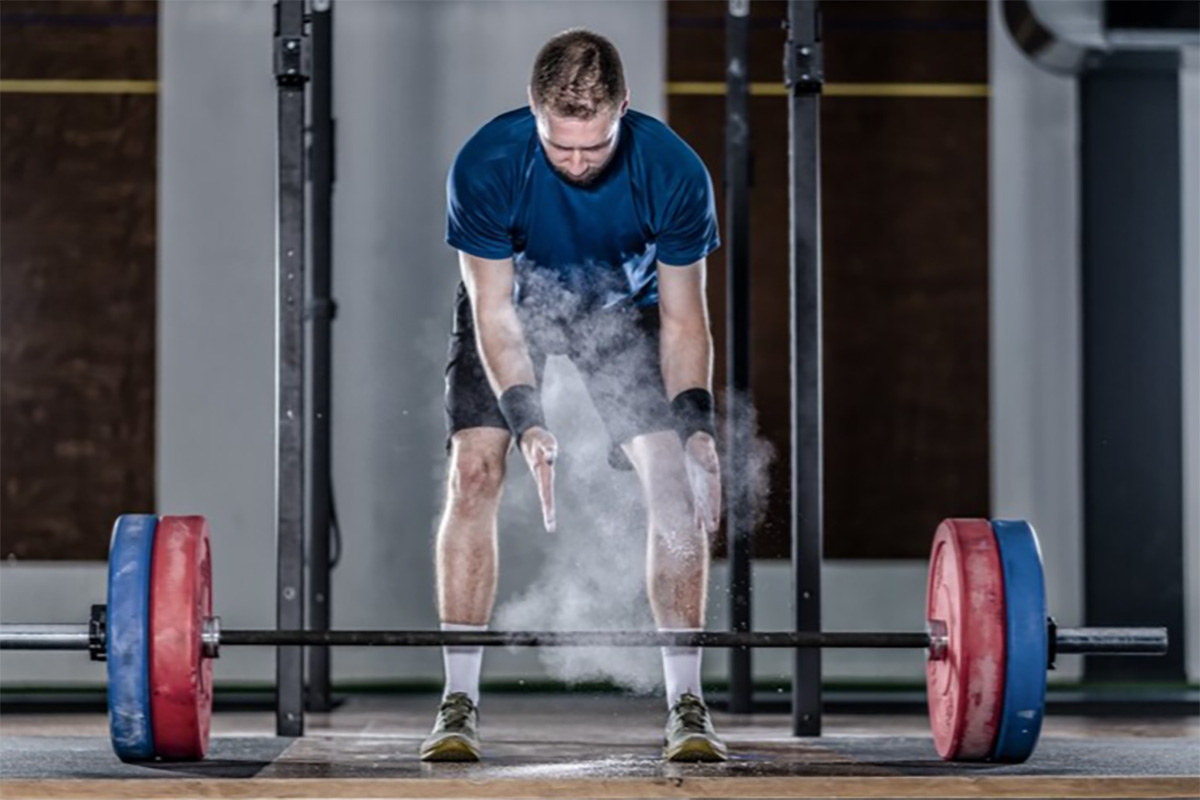As a sports physical therapist with years of CrossFit experience (doing it for 11 years and coaching it for 6), I’ve witnessed the evolution of CrossFit which has gained tremendous popularity for both positive and negative headlines. CrossFit, when practiced appropriately, can be an incredibly effective way to improve overall fitness, strength, and endurance. However, like any intense physical activity, it carries risks, especially when certain precautions are not taken. In this blog, we’ll explore how CrossFit can be both safe and dangerous, and how a balanced approach is key to preventing injuries.
Firstly, let’s talk about how CrossFit can be safe when done appropriately. CrossFit is designed to be a functional fitness program, incorporating a wide range of movements and exercises to target various muscle groups. When performed under the supervision of qualified coaches, who prioritize proper form and technique, CrossFit can help individuals build strength, improve cardiovascular health, and enhance overall athletic performance.
One of the key principles of CrossFit is scalability, which means workouts can be adjusted to suit the fitness level of each individual. This is crucial for preventing injuries, as it allows participants to gradually progress and avoid overexertion. A skilled coach will emphasize the importance of listening to your body and knowing your limits, ensuring that workouts are challenging but not excessively taxing.

Now, let’s address the potential dangers of CrossFit. One common pitfall is the lack of focus on proper technique, especially when individuals prioritize speed or lifting heavier weights over maintaining proper form. Hitting the Rx button every day can be addicting. This can lead to injuries such as muscle strains, joint sprains, and even more serious issues like herniated discs or ligament tears. It can take time to learn, but going with how your body feels rather than what’s listed on the whiteboard can truly extend your athletic lifespan.
For example, performing exercises like deadlifts or overhead presses with incorrect form puts unnecessary stress on the spine and joints, increasing the risk of injury, especially when done for time. By prioritizing technique and being willing to push hard some days and take it easy on others, these injuries can often be avoided.
Another factor that contributes to the dangers of CrossFit is excessive volume and overtraining. Some enthusiasts may push themselves too hard, participating in multiple high-intensity workouts per day without allowing adequate time for recovery. This can lead to overuse injuries, fatigue, and burnout.
Lastly, over-competitiveness can also contribute to the dangers of CrossFit. While a little friendly competition can be motivating, it’s essential to remember that everyone has different strengths, weaknesses, and fitness levels. Pushing yourself beyond your limits to keep up with others or achieve a certain score on the leaderboard can lead to injury and undermine the principles of safe and effective training. Challenge each other, but look out for one another. It’s about community.
Conclusion
CrossFit can be a safe and effective fitness program when approached with the right mindset and precautions. By prioritizing proper technique, scaling workouts appropriately, avoiding overtraining, and maintaining a healthy level of competitiveness, individuals can enjoy the benefits of CrossFit while minimizing the risk of injury.
As a sports physical therapist, my goal is to empower athletes to reach their full potential while prioritizing their long-term health and well-being.
Injuries will pop up every now and then and it’s nothing to be embarrassed about. Most training regimens will give you aches and pains along the way. But when those injuries start affecting your ability and enjoyment in training, reach out to us and we’ll guide you through an athletic injury recovery process.


